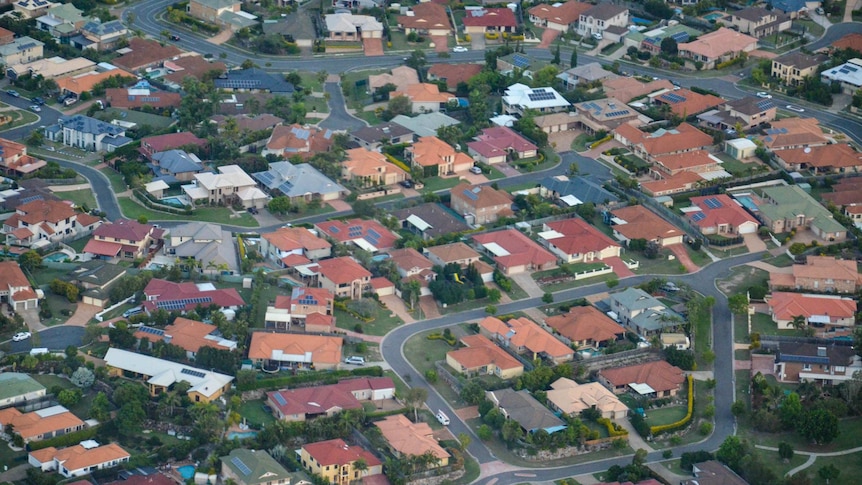Homelessness Australia has launched an ambitious plan to solve the housing crisis in Australia.
Key points:
- Homelessness Australia is calling on state and federal governments to invest in 50,000 homes a year
- They believe the plan would end homelessness within a decade
- In 2020-2021 over 100,000 people came to homeless services needing long-term housing
The plan would halve the number of residents experiencing rental stress within five years and end it in 10 years.
It would also halve the number of people repeatedly turning to homeless services for help.
They are calling on state and federal governments to invest in 50,000 homes a year.
This would include investing 25,000 affordable rental properties every year for low-income earners, and another 25,000 social housing properties.
The chairperson of the advocacy group Homelessness Australia, Jenny Smith, said homelessness could be over within a decade.
“There is the opportunity for the federal government to tap into institutional investors like superannuation funds,” she said.
“Our superannuation funds invest in social housing in other countries but the settings for them to do so in Australia haven’t been there to date.”
The proposal prioritizes ending homelessness for Indigenous people and for women and children, who are over-represented among the 116,000 Australians homeless every night.
“The biggest driver of homelessness in our community is women and children escaping family violence and a choice between violence and staying with it or escaping that violence into poverty,” Ms Smith said.
Homelessness Australia is calling on the federal government to increase the annual $1.3 billion allocated to the states for housing, and tie it to delivering the plan.
Ms Smith said it would ultimately save money, given homelessness is estimated to cost at least $670 million a year.
In a statement, Minister for Housing and Homelessness Julie Collins reaffirmed the government’s commitment to its own National Housing and Homelessness Plan, which includes acute crisis housing for domestic violence victims and support for Indigenous housing and veterans.
The government’s key promise is a $10 billion housing fund, delivering 30,000 social and affordable homes within five years — significantly less than the plan announced by Homelessness Australia.
Ms Collins acknowledged that there was a shortfall in social housing.
“We are at least 433,000 social housing properties short today and that need will only grow,” she said.
“We will see an investment of 20,000 social housing properties from the current federal government over the term of this government but we really need to amp that up.”
Desperate search for a home
The homelessness statistics in Australia are staggering.
Since June 2021, rents in Australia have increased 13.2 per cent, and in 2020-2021 over 100,000 people came to homeless services needing long-term housing.
Arok Deng is due to give birth in four weeks and is desperate to find a home.
“I have been looking for a property for the last three to four months,” she said.
Arok Deng, a security worker, has always lived with her parents, but with four of her five siblings plus her young niece living there too, it’s crowded.
“I have inspected about 35 houses and out of 35 houses I haven’t got not even a single one back so far,” she said.
“They just say, ‘Oh well, the property manager needs someone with a rental history.’
“How are we going to get a rental history when you don’t give us a chance to get a rental history first?”
It’s not the first time housing has been uncertain for Arok Deng. She spent nine years in a refugee camp in Kenya.
“To come from a history of background where finding a house was difficult before, or you just have to live in a little tent, it’s devastating to know we are still going through this right now,” she said.
The 26-year-old, her partner and their baby must find somewhere soon.
“You are getting absolutely nothing out of those properties, not even a single phone call to say hey you’ve been approved.
“It is just devastating and it’s very upsetting for a person like myself.”
.
